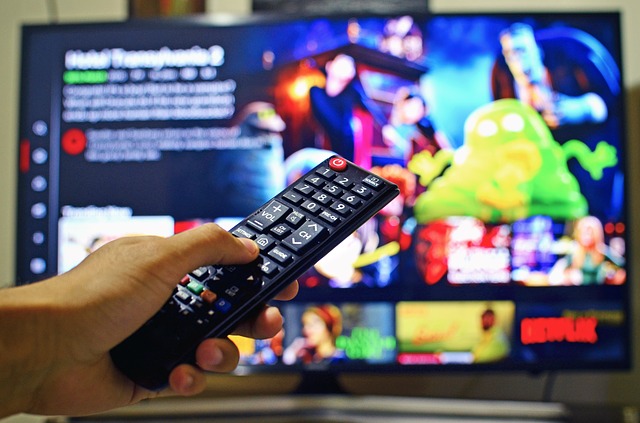Thanks largely to significant technological advancements, digital marketers find themselves in a video marketing landscape filled with a variety of new and innovative ways to create engaging experiences for audiences and potential customers and brand advocates. There are increasingly diverse ways to connect with branded content in 2019 and one of these is VR and this is what I want to look at today.
The Potential of Virtual Reality and Augmented Reality
Virtual reality (VR) and augmented reality (AR) are some of the most exciting tools available to content creators and marketers today because they facilitate the creation of interactive and immersive video content that allows brands, businesses and individuals to tell stories in ways that simply haven’t been possible before.
In 2017, multi-screen adtech business YuMe Inc. released an infographic report which set out some interesting stats in relation to the consumer’s experience with immersive advertising. 86% of respondents stated that they believed immersive technologies were the next big thing and more than 60% thought that marketers should be using these technologies more effectively.
In a landscape where television adverts are fast-forwarded, online ads are efficiently removed with ad blockers and un-enticing emails are sent straight to the virtual trashcan, AR and VR could be just the things your business needs to connect with your audience at a time when many have already fallen out of love with traditional native ad formats.
Creating Immersive Experiences with VR
Virtual reality can effectively tell a story by fully immersing the viewer within an impactful experience that they can’t get anywhere else. These experiences can form a centrepiece of a large event or simply be something that viewers engage with in the comfort of their own home, which makes VR and AR opportunities that shouldn’t be overlooked regardless as to how large or small your business is.
Let’s take a few moments to take a closer look at some of the most successful applications of VR technology in video marketing so far.
Teaming up with NASA to create an immersive lunar gravity VR experience called “A Moon for All Mankind”, Samsung invited people to step into a harness, flight suit and VR headset to experience first-hand what it feels like to walk on the moon. Exciting and memorable, prepare to see many more tech giants pushing the boundaries and showcasing the potential of these revolutionary technologies.
Oreo adopted VR technology to create a magical interactive 360-degree world filled with milk rivers and an expansive cocoa-rich landscape. Immediately engaging and almost hypnotising, floating down a milk river on an Oreo biscuit is a fun and unique experience that audiences won’t forget in a hurry.
Fashion retailer Topshop invited competition winners to enjoy a front-row view of their London Fashion Week runway from the comfort of a pop-up space in their flagship London store with the help of a panoramic 360 video stream and Oculus technology. Opening experiences to wider audiences is arguably one of the most game-changing capabilities of VR technology. From taking your audience behind the scenes of your business to showcasing the origins of your products, this is a concept that can be adopted by a range of businesses in a variety of ways.
To promote the launch of their newest hiking boot, Merrel developed an immersive VR experience they named Trailscape which took participants on a treacherous mountain hike. A stage set was mapped to the virtual experience they would be watching and tactile elements including shaky wooden planks and rope walkways were also integrated to enhance the experience. In addition to providing individuals with an exciting opportunity, this experience also cleverly showcased the product itself in a way that wasn’t overtly advertorial.
What Does the Future of VR and AR Look Like?
There is enormous potential for the fusion between influencer marketing and VR experiences. Many industry professionals see a future in which influencers use VR technology for live streams that provide audiences with an even more immersive perspective of their everyday lives. Interestingly, social platforms such as vTime are already inviting audiences to hang out with real people in virtual destinations.
Despite being distinct and less reliant on headset technology, AR technology could similarly provide the opportunity for influencers to host AR hangouts where, with the help of a VR headset, they could move amongst their audience and interact with them on a personal level.
Audiences are experiencing a certain degree of influencer fatigue in being presented with a consistent stream of similar content; the same detox teas and hair-growth vitamins that they’ve already seen countless times before over the last several years. As such, a rather more immersive form of immersive storytelling is primed to be welcomed with open arms by audiences looking for experiences they can connect with.

